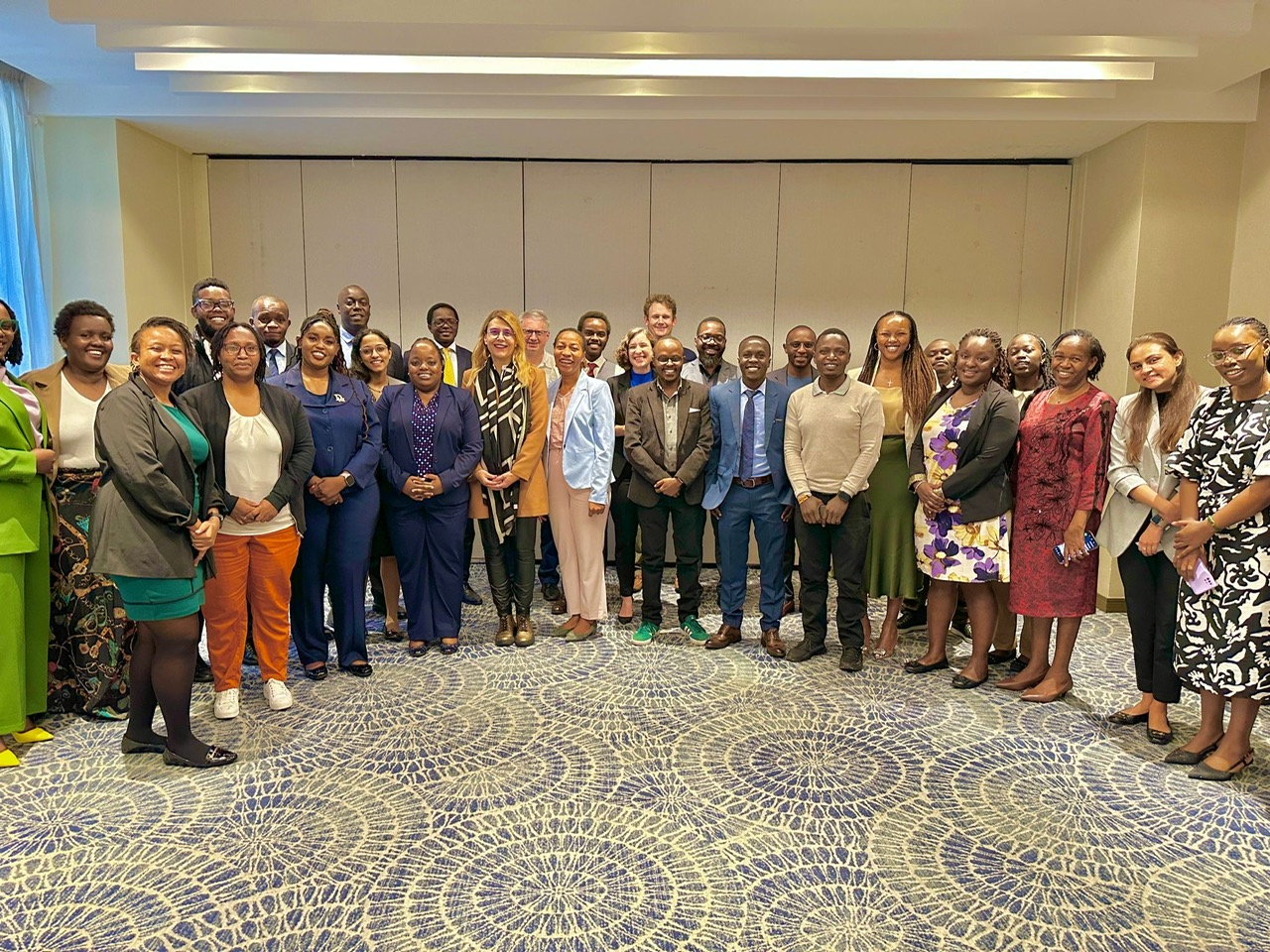We are excited to announce that Brink is now part of Africa Practice. Learn more
Digital advocacy trends for Tanzania in 2020

Digital advocacy trends for Tanzania in 2020
Amid increased global connectivity, Africa is fast shedding its image as a laggard in digital communications. According to GSMA’s The Mobile Economy 2019 Report for Sub-Saharan Africa, the number of unique mobile subscribers in the region will reach 600 million by 2025, representing around 50% of the population. African governments and businesses operating on the continent now have a strategic opportunity to reach out to a wider online audience in order to drive change, enhance economic competitiveness and create digital impact.
Mobile technology has been at the centre of Tanzania’s digital transformation, with the number of internet users reaching over 23 million out of a total of 55.8 million. Interestingly, 96% access the internet on their mobile devices, which creates a form of rural-urban divide due to connectivity variances. Nevertheless, mobile innovations are being used to ensure the country’s development goals are inclusive and sustainable. Efforts by the government to facilitate access to communication services through The Universal Communications Service Access Fund (UCSAF) have resulted in an increase of internet penetration to 43% (official figures), from 10% in 2009 (World Bank data).
As the fourth industrial revolution advances, what does the growth of mobile technology and services in Tanzania mean for players within the private sector and government? Companies can leverage mobile technology to forge new routes to market, forming new relationships with consumers in order to reach their strategic objectives. Through digital innovation, governments also have the opportunity to improve service delivery efficiency and catalyse local economic development through smart agriculture and improved financial inclusion.
In the year ahead, we will experience new formats, challenges, and ways of engaging. Here is our list of digital advocacy trends to help your company’s communication efforts in 2020.
Conversation versus vanity metrics
In 2020, your organisation will have to authentically engage with your online community and explore avenues for collaboration. In the current information economy, for an organisation to communicate successfully, you need to dive into your online ecosystem and foster long-term relationships with customers by adopting new and engaging digital strategies. In order to gauge effectiveness, your most important metric will be around conversations rather than likes.
Influencing will move to credibility
The decline of the influencer hype will see a rise of knowledge experts and micro-influencers that are perceived to be credible and authentic with a more engaged approach. Companies can jump on this trend through the community engagement of a knowledge expert or micro-influencer for conversion to new markets.
Platform specific content and a mobile first approach
According to GSMA’s Mobile Economy Report Series, there are 747 million SIM connections in sub-Saharan Africa. More people are spending their time browsing the internet on their phones whilst also their attention spans are bombarded with an information overload on a daily basis. In 2020, corporates and institutions will have to convey their messages in mobile friendly formats that are adapted for popular platforms in story format for social media and chat applications. There is also an opportunity to feature phone specific innovations that will cater to rural dwellers who face connectivity issues in certain areas, delivering in low data formats. In all senses, the right combination of content type and length will determine the success of online advocacy in the age of mobile devices.
Storytelling
Humans are social beings and in the digital world, visual storytelling will continue to rise in 2020. Today, more than ever, decision makers are less gullible and responsive to online ads and are looking to establish an authentic connection with ethical businesses. Companies have the opportunity to create a compelling narrative that shares their story in an emotive way to capture the hearts and attention of their audiences in order to build trust.
Humanised online content
Given the influx of information and content on the internet, an organization’s online story is fighting for the attention of a hyper plugged-in and well networked customer with a lot of content options. For an organisation to beat the noise in 2020, it will have to ensure that its content is relevant and targeted towards the African consumer by expressing their storylines in a way that is relatable and in a humanised way so as to capture the already diminishing attention of their digital clients. If you want to stand out in 2020, you will need to personalize your digital advocacy strategy and incorporate emotive storytelling.
Immersive media
In an age in which citizens prioritize experiences that provide them with a lasting impression, immersive media has become a trend utilized by institutions to attract engagement. A big advantage of immersive media as a communication tool is its ability to put the audience at the center of the story, making the experience highly relatable and engaging as the audience feels involved for example through the use of 360 videos and virtual reality to tell captivating stories on your company’s sustainability outcomes. In the year ahead we will see more institutions using immersive media to influence and win over new stakeholders.
Customer evangelism will become mainstream.
As online users are becoming more socially conscious, organisations should be more transparent on their positive and negative contribution to sustainability initiatives. People trust peer opinions, so customer and employee advocacy of products and services are going to be strategic tools all institutions are going to want to adopt. For heavily regulated sectors, thought leadership programmes that feature stand out employees will be a go-to solution.
Real time videos
Online video marketing has been the craze popularized by online video streaming channels. The next phase points towards the growth of live stream and its potential to become the primary form of entertainment around the world. In 2020, we should expect live stream channels to broadcast everything you expect regular video to offer today. Digital diplomacy will now have to leverage on the use of real time content so as to convey transparency to the public and realize outcomes of their advocacy and reforms interventions.
Multi-media releases
Uniformity on all owned media platforms will be key if an organisation wants to stand out to its stakeholders in 2020. Institutions will now have to offer a cohesive experience and messaging across multiple platforms in order to drive conversion and connect with prospects on more touchpoints. In 2020 and beyond, the customer journey will be more dynamic and the challenge for companies will be to respond to an online universe that is accustomed to instant gratification.
In summary, in an interconnected global economy, businesses now have a chance to communicate authentically by integrating into their strategic communications, more intelligent, tangible and immersive forms of content and ways of sharing social information so as to stay competitive and make an even bigger impact – both socially and economically. This in turn will help them to show how they contribute to underpinning the goals set out in the government’s Vision 2025 development plan, ensuring they operate in an aligned stakeholder context, drawing the support of consumers and government alike.
Related articles
Proud to be BCorp. We are part of the global movement for an inclusive, equitable, and regenerative economic system. Learn more


